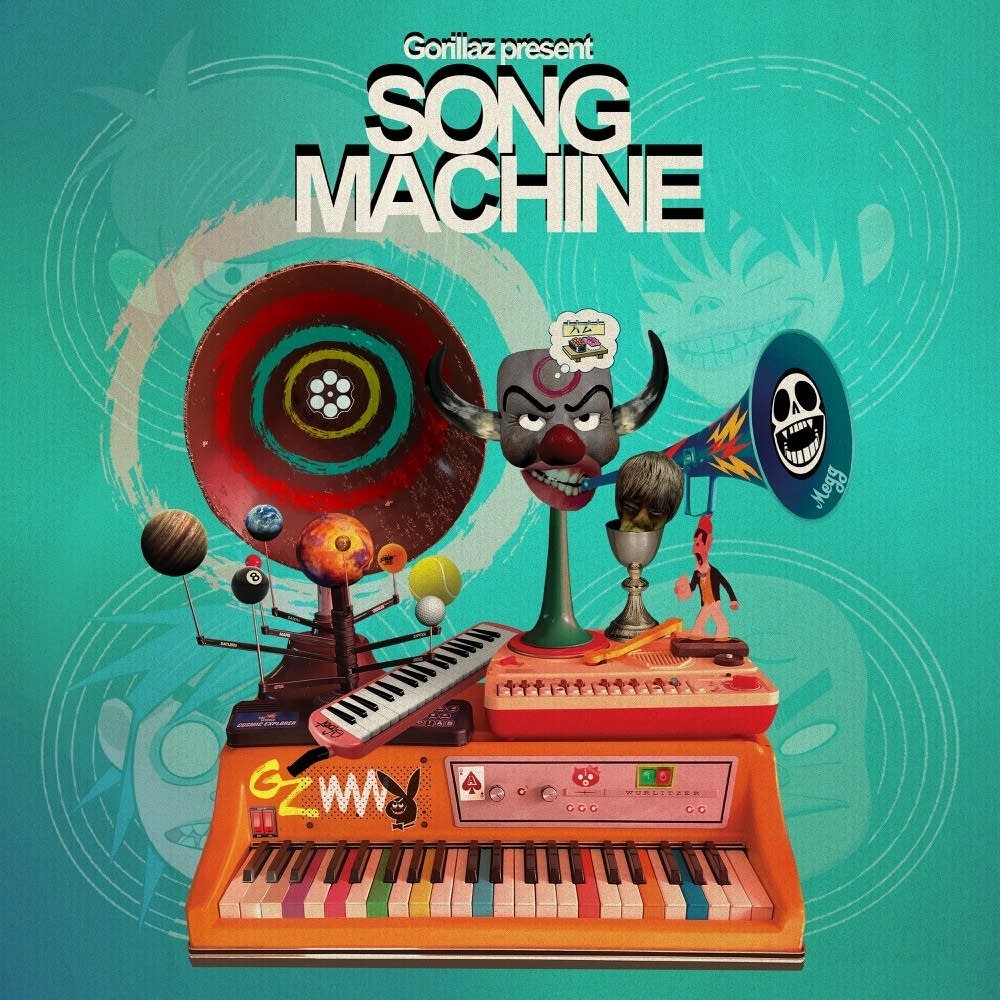Two days before her 31st birthday, Taylor Swift released her most recent full-length album, “evermore.” This album, described by Swift as the “sister record” to her last project, “folklore,” shares a number of themes and influences. As with the previous album, which was released fewer than five months ago, “evermore” has what can only be described as a folk-pop sound that is well-complemented by the flannel imagery of the album cover. Together, these albums mark a noticeable shift from Swift albums of the past, introducing an all-lowercase aesthetic and a departure from the first-person dramatic dives into Swift’s personal life that many had become accustomed to.
The title track features three notable elements: beautiful piano melodies and two artists; Bon Iver, one of Swift’s “musical heroes” and Joe Alwyn– her boyfriend– credited as William Bowery. All of these return from “folklore,” where all three were featured on the track “exile.”
Getting into the themes of the track, “evermore” is a tale of despair and one of the few songs on the album to really dive into Swift’s personal life and struggles. The first half of the song sees her distraught and frustrated at her public perception and past actions, but at the halfway point, with the introduction of Justin Vernon and Bon Iver, the song takes a different tone. The tempo speeds up and the music becomes more intense as Vernon offers a direct response. This eventually gives way to a resolution, with Swift realizing that her pain in fact would not be for evermore.
Continuing on the thread of not being like Swift’s past discography, “evermore” makes it clear that “explicit Taylor” is here to stay. Where “folklore” had lines like “I’m doing good I’m on some new shit” starting off the album with the song “the 1,” “evermore” contains gems like “She would’ve made such a lovely bride. What a shame she’s fucked in the head” in the song “champagne problems.” This change likely came as a shock to Swifties who were used to the more “family friendly” country and pop sounds she was once notable for.
As many diehard Swift fans may know, a Taylor Swift album would be virtually incomplete without a powerful ballad for Track 5, and “evermore” is no exception. For those out of the loop, every Swift project (except for arguably “All You Had To Do Was Stay” off “1989”) has an absolutely heart-wrenching song at the #5 spot on the track list, from her debut album’s “Cold As You” to today’s “tolerate it.” While the song might not hit the same as songs like “Red”’s “All Too Well,” it is definitely a downer compared to the songs that surround it on the record: “‘tis the damn season” and “no body, no crime.”
As I have probably beaten you over the head with by now, “evermore” is a continuation of “folklore,” but each album has its own strengths and weaknesses when pitted against each other as well as against the remainder of her projects. Personally, I find myself much more partial to the lyrical content of the “folklore” album but find myself blown away by the improved production on “evermore.” On an individual song basis, if Swift could release more songs sonically similar to “willow” and far fewer similar to “mirrorball” off her last album, I think the world would be a better place. Not to say “mirrorball” was a bad song, as evidenced by the live version she released later, but the production was jarring in a way that no song on “evermore” is, which I take as a big improvement! That said, I would love to see songs closer to the lyrical stylings of “folklore”’s “betty” as opposed to “cowboy like me”’s simplicity. It’s a give and take relationship between the two albums, much like actual siblings.
Overall, this album and the direction of Swift’s recent music in general are both positive, especially when compared to a record like 2017’s “reputation” which had a rather negative vibe to it. I’m excited to see what she can do now that she’s effectively unshackled herself from the tried-and-true Taylor Swift formula seen from “Taylor Swift” to “Lover,” and I’ve been impressed by how personal she can be despite no longer directly revolving her music around her public life and romantic endeavors. Don’t get me wrong, those themes are still present, and she does make occasional mentions of the “real world,” but I have a feeling the fictional vignettes she’s been employing in these last two albums are here to stay. Considering we were blessed with two albums in 2020, here’s to a fruitful 2021 for Taylor Swift fans everywhere.































